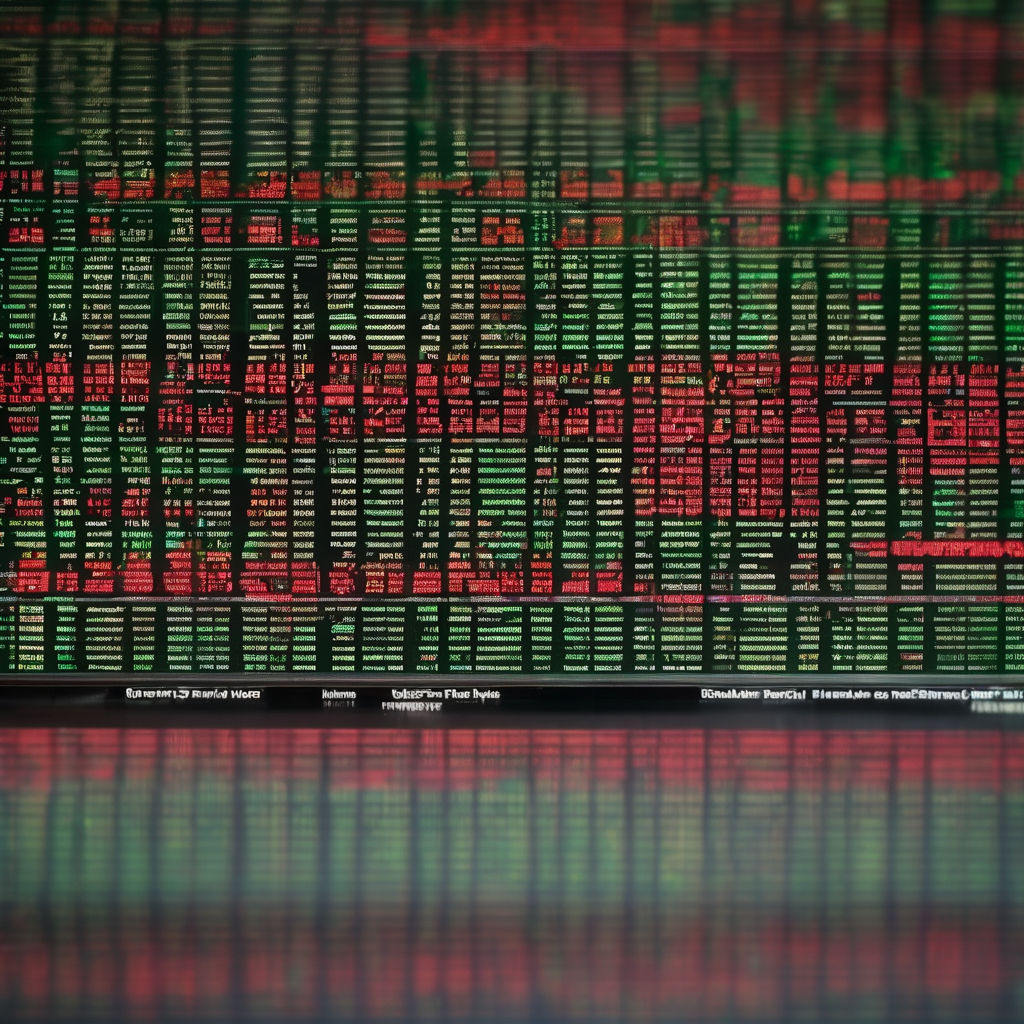Wall Street is experiencing a downturn as it heads towards an unusual three-day losing streak. In early trading on Thursday, the S&P 500 declined by 0.7%, marking its most significant drop in several sessions. Meanwhile, the Dow Jones Industrial Average fell by 107 points, or 0.2%, and the Nasdaq composite decreased by 1%. Despite these declines, all three indexes remain near their peak levels achieved at the beginning of the week.
The downward pressure on stocks is partly due to several economic reports suggesting the U.S. economy is outperforming expectations. While this is positive news for the workforce and job seekers, it complicates the Federal Reserve’s strategy on interest rates. Following its first rate cut of the year last week, the Fed had planned additional cuts through the end of next year. These potential rate reductions have fueled Wall Street’s record-breaking run since April due to the anticipation of easier borrowing conditions, which tend to invigorate economic activity and investor enthusiasm for high-priced assets.
However, a stronger-than-expected economy could reduce the urgency for the Fed to implement more rate cuts. This scenario raises concerns about inflation, which remains stubbornly high. Fewer rate cuts than anticipated could also intensify existing critiques that U.S. stock prices are excessively high after rapid increases.
In the bond market, Treasury yields rose as traders adjusted their expectations regarding future Fed rate cuts. The yield on the 10-year Treasury increased to 4.17%, and the two-year Treasury yield, typically more reflective of Fed expectations, saw an even sharper climb.
Among Thursday’s economic reports, one highlighted a reduction in U.S. workers filing for unemployment benefits, suggesting a slowdown in layoffs. Another report indicated that the U.S. economy expanded more in the spring than initially thought. Additionally, orders for durable goods exceeded forecasts.
On the corporate front, CarMax saw a significant drop of 19.1%, the largest in the S&P 500, after reporting a weaker-than-expected profit for the recent quarter. The company sold fewer vehicles than the previous year and faced increased anticipated losses from earlier loans.
Big Tech stocks, often the powerhouse behind Wall Street’s records, also saw declines as concerns grow that the excitement around artificial intelligence may have inflated their valuations. Notably, Nvidia fell 1.8%, Broadcom 2.9%, and Alphabet 2.2%.
Starbucks experienced fluctuations, ultimately dropping 0.7%, following the announcement of a $1 billion restructuring plan which includes store closures and the elimination of 900 nonretail jobs.
Globally, markets in Europe saw declines, with Germany’s DAX dropping 1% and France’s CAC 0 losing 0.7%, while Asian markets finished with more moderate changes.
